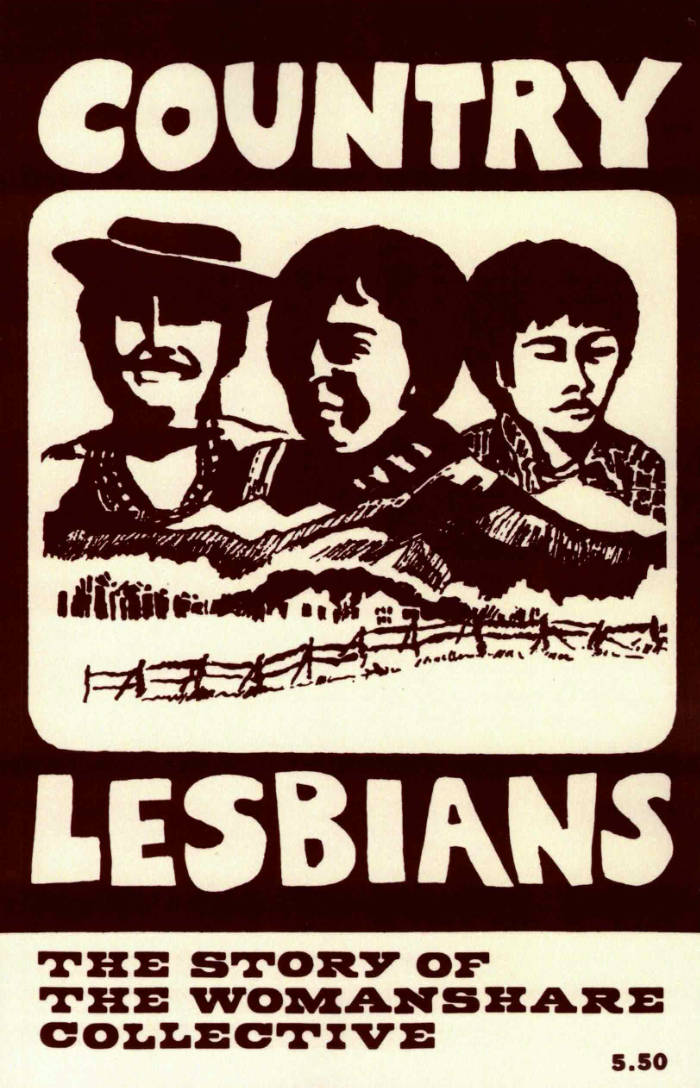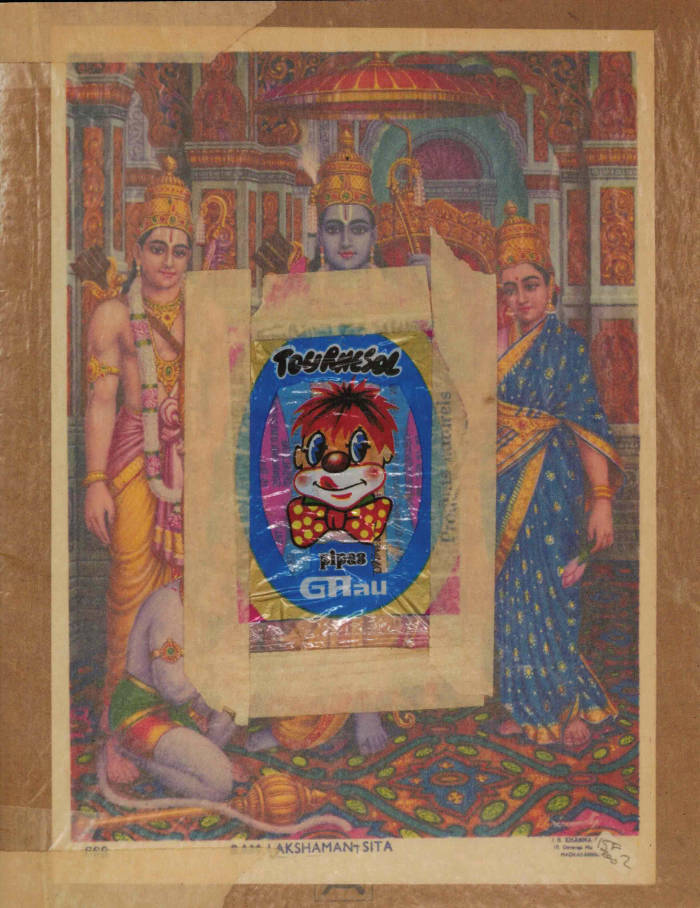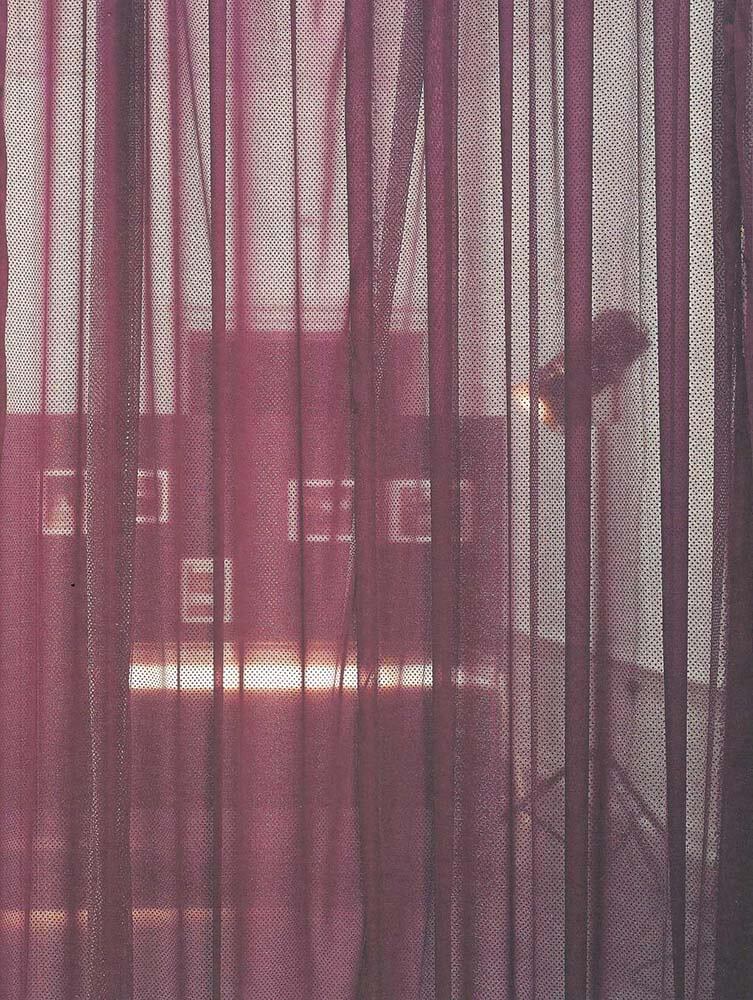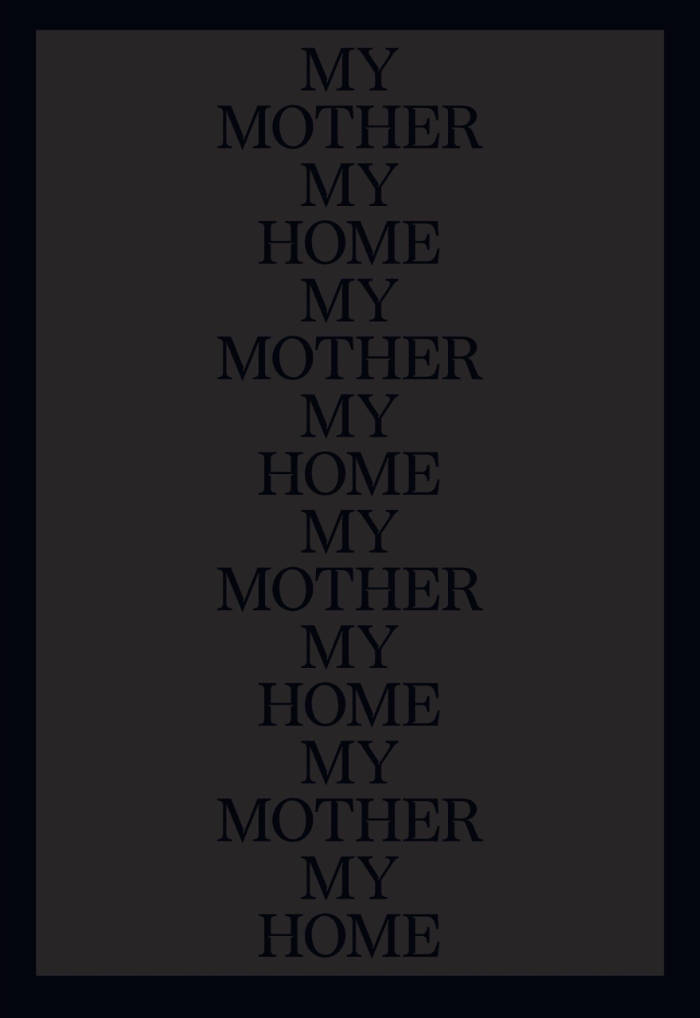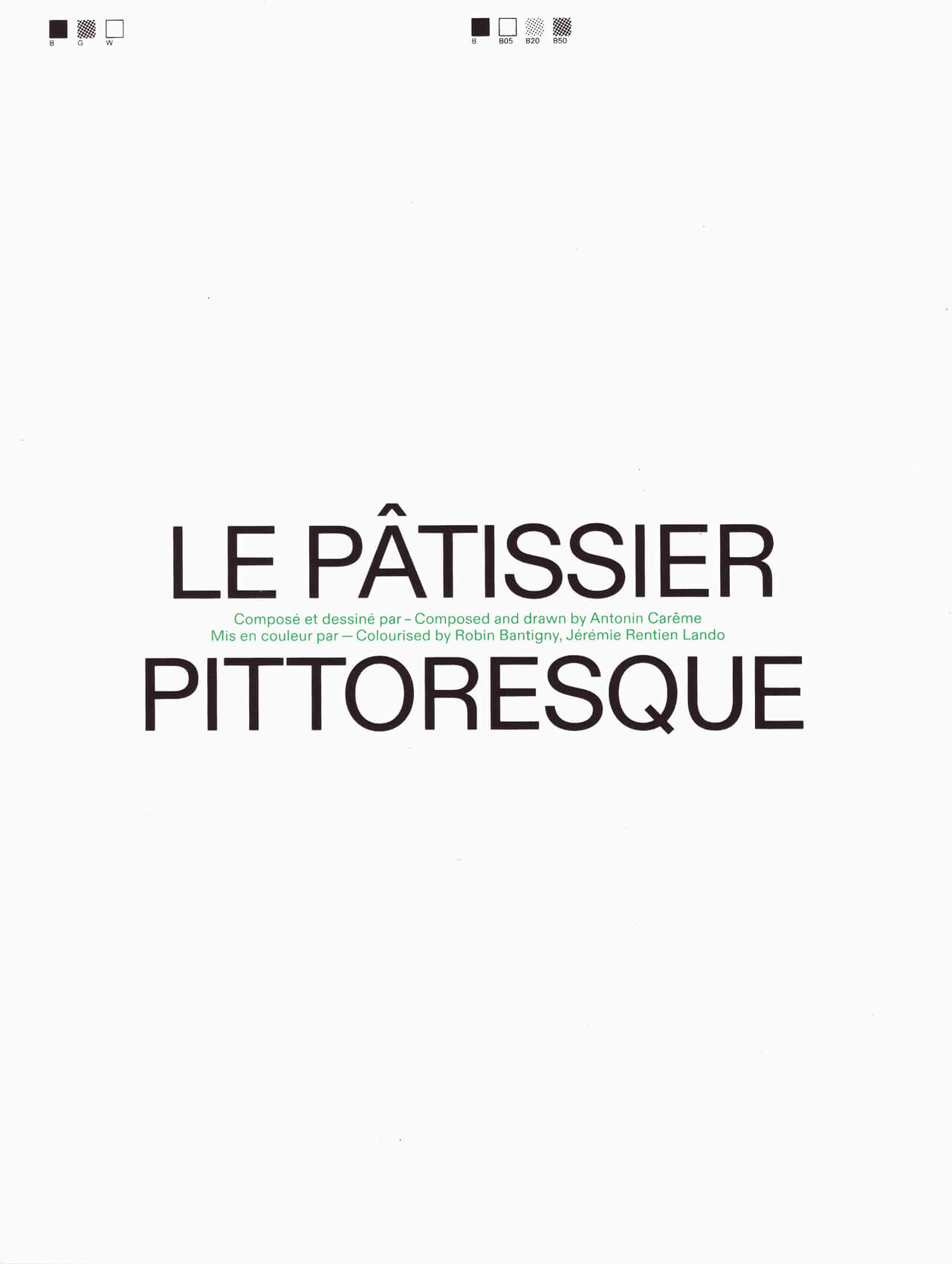
Le Pâtissier Pittoresque
This book is a colourised version of the 1828 “Pâtissier Pittoresque”. First published by french pastry chef Antonin Carême, it gathers more than a hundred sugar sculptures, all served on the buffet table of Emperor Napoleon I and king Louis XVIII.
Known in the cooking world for their elegant sobriety, the blueprints of these sculptures were, as of today, always published in black and white. Yet, the author refers to more than thirty of them in his introduction, instructing how the sugar paste and biscuit should be coloured to create the desired effect. Thinking himself more as an artist than as an artisan, this new colourised version is a testament to Carême’s effervescent creativity.
Colourised by Robin Bantigny and Jérémie Rentien Lando.
Co-published with Jan Van Eyck Academie

